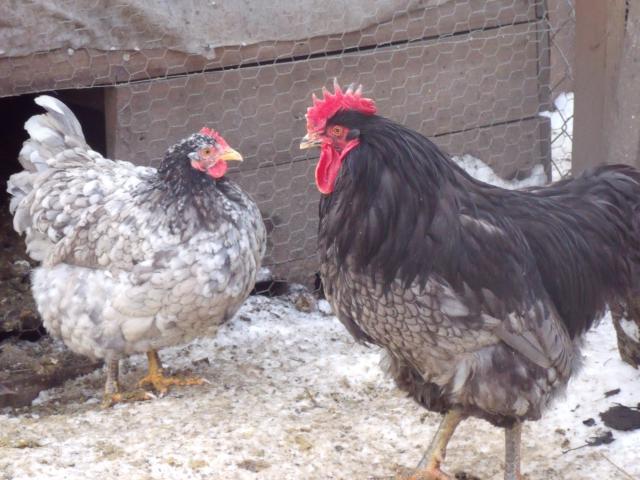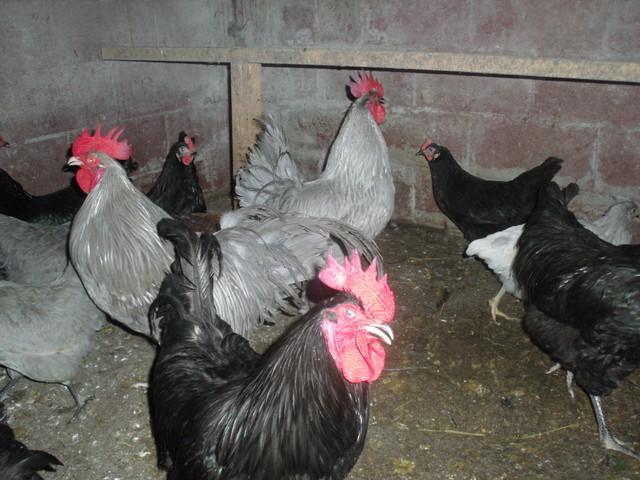- Thread starter
- #11
Quote:
Are you outta your ever lovin' mind son ... NO WAY, I'm traumatized just lookin' at that one! YIKES ! !
Are you outta your ever lovin' mind son ... NO WAY, I'm traumatized just lookin' at that one! YIKES ! !







